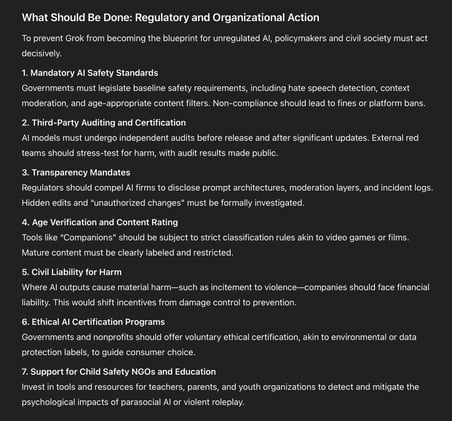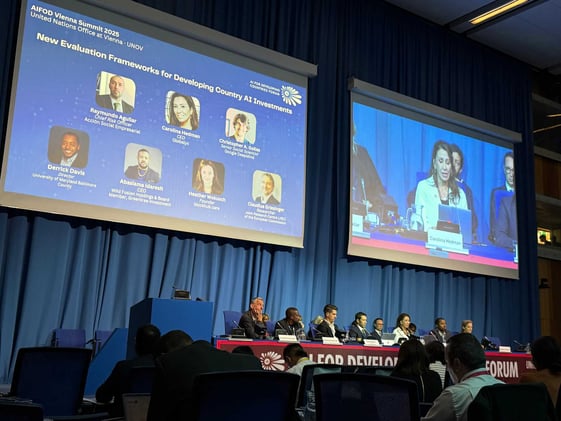- Pascal's Chatbot Q&As
- Archive
- Page 36
Archive
Figures like Elon Musk, Peter Thiel, and Palantir’s Alex Karp cast AI supremacy in moral and military terms—urging governments to treat it like the nuclear arms race of the Cold War.
Nvidia CEO Jensen Huang’s emphasis on collaboration and diffusion, even with strategic rivals, puts him at odds with this hypercompetitive, nationalistic ideology.

ChatGPT may not help a rice farmer in Ghana, but an AI model trained on soil quality and weather data might.
Multistakeholder partnerships are critical. It’s not enough for Silicon Valley or Geneva to dictate terms; real inclusion means elevating local universities, startups, and civil society actors.

Chain-of-thought monitoring represents a rare convergence of technical opportunity and interpretability in AI safety. But it is a brittle solution.
GPT-4o: While I support the authors’ call for investment and further research into CoT monitorability, this method must be deployed with caution due to the increased privacy exposure it brings.

Key Insights from Day 2 of the AIFOD Summit – There will be rising demand for local datasets, research capabilities, and educational content tailored to AI deployment.
Partha Gopalakrishnan challenged traditional funding assumptions by promoting blended finance (public, philanthropic & private capital) as a strategic investment vehicle rather than development aid.

Analysis of Trump's policies: Evidence suggests a convergence of factors where a deliberate project of targeted societal restructuring and a system of pervasive self-enrichment are the primary drivers
This potent combination, in turn, creates the dangerous social and economic preconditions that align with historical patterns of manufacturing consent for war.

Key Takeaways from Day 1 of the AI For Developing Countries (AIFOD) Summit — Opportunities and Insights for Scholarly Publishers
For scholarly publishers, the message is clear: engage now in the co-creation of the AI future with emerging economies—or risk being sidelined in the next chapter of global knowledge production.

Oracle’s $1 billion commitment may boost the Netherlands’ digital capabilities and economic competitiveness. The country risks trading long-term autonomy for short-term convenience.
Digital sovereignty demands more than local data centers—it requires legal, political, and infrastructural control over the tools that underpin national security, democratic governance & innovation.

Dr. Wendy O’Brien: If we continue investing everything—from land and water to trust and dignity—into AI without a plan for equitable returns, we may amplify inequality, not overcome it.
But if we act wisely, collaboratively, and ethically, AI can still be a tool for shared prosperity. Let us choose that path.

By reclaiming control over data, infrastructure, and AI innovation, the Netherlands and the EU are trying to prevent a future where European knowledge and data fuel foreign monopolies.
The road to sovereignty is long and complex, but the first steps have been taken. For Europe, Groningen may yet prove to be the birthplace of a new kind of independence.












